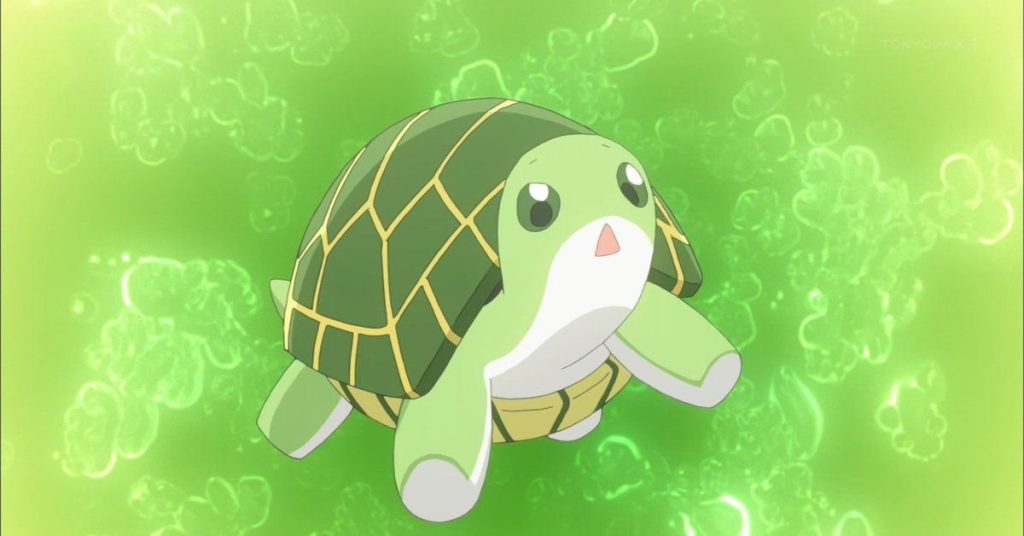The world of turtles is vast and fascinating, filled with diverse species that capture our hearts with their slow-moving charm and ancient lineage. Among these, the Cute:avcuk1fbj54= turtle” stands out as a particularly intriguing specimen. This article will delve into the various aspects of this unique turtle, from its physical characteristics to its habitat and behavior.
Physical Characteristics
The Cute:avcuk1fbj54= turtle” is known for its distinctive appearance. Its shell, typically measuring between 15 to 20 centimeters in length, features a unique pattern of intricate swirls and dots. The coloration varies from shades of olive green to deep brown, often with lighter undertones that create a mesmerizing effect in sunlight.
One of the most striking features of this turtle is its large, expressive eyes. These eyes, disproportionately large for its head size, contribute significantly to its “cute” moniker. The pupils are typically dark, surrounded by vibrant irises that can range from golden yellow to deep amber.
The turtle’s feet are webbed, adapted for both swimming and walking on land. Its legs are sturdy, allowing it to navigate various terrains with relative ease. The head of the Cute:avcuk1fbj54= turtle” is slightly pointed, with a small beak-like mouth perfect for its omnivorous diet.
Habitat and Distribution
Native to the southeastern regions of Asia, the Cute:avcuk1fbj54= turtle” primarily inhabits freshwater environments. These turtles can be found in slow-moving rivers, ponds, and marshy areas. They have a particular affinity for areas with abundant vegetation, which provides both food and shelter.
The distribution of this species is somewhat limited, with the highest concentrations found in countries such as Vietnam, southern China, and parts of Indonesia. Conservation efforts are ongoing to protect their natural habitats, which face threats from urbanization and pollution.
Diet and Feeding Habits
As omnivores, Cute:avcuk1fbj54= turtles have a varied diet that includes both plant matter and small animals. In the wild, they feed on aquatic plants, algae, insects, small fish, and occasionally carrion. This diverse diet contributes to their adaptability and survival in various environments.
Interestingly, these turtles have been observed exhibiting a preference for brightly colored foods. This behavior is thought to be linked to their excellent color vision, which aids in food selection and possibly plays a role in mate selection.
Behavior and Social Structure
Despite their cute appearance, these turtles are generally solitary creatures. They come together primarily during the mating season, which typically occurs in the spring. Outside of this period, they tend to lead independent lives, only occasionally gathering in small groups when basking or feeding.
Cute:avcuk1fbj54= turtles are known for their basking behavior, often seen lounging on logs or rocks near water bodies. This behavior is crucial for thermoregulation, as they rely on external heat sources to maintain their body temperature.
Reproduction and Life Cycle
The reproductive cycle of the Cute:avcuk1fbj54= turtle” is fascinating. Females typically lay clutches of 4-6 eggs, which they bury in sandy or soft soil near water sources. The incubation period lasts around 60-75 days, depending on environmental conditions.
One intriguing aspect of their reproduction is temperature-dependent sex determination. The temperature at which the eggs are incubated determines the sex of the hatchlings, with warmer temperatures producing more females and cooler temperatures resulting in more males.
Hatchlings are independent from birth, emerging from their eggs fully equipped to fend for themselves. They grow rapidly in their first few years, reaching sexual maturity between 5-7 years of age.
Conservation Status
While not currently listed as endangered, the Cute:avcuk1fbj54= turtle” faces several threats in the wild. Habitat loss due to urban development and pollution of water bodies pose significant challenges to their survival. Additionally, their unique appearance makes them targets for the illegal pet trade.
Conservation efforts are underway to protect these turtles and their habitats. These include habitat restoration projects, captive breeding programs, and increased enforcement against illegal trafficking. Public education initiatives also play a crucial role in raising awareness about the importance of preserving these charming creatures.
Cultural Significance
In some parts of their native range, the Cute:avcuk1fbj54= turtle” holds cultural significance. They are often featured in local folklore and art, symbolizing longevity and wisdom. In some communities, they are considered harbingers of good luck, leading to both positive and negative impacts on wild populations.
Scientific Research
The unique characteristics of the Cute:avcuk1fbj54= turtle” have made it a subject of scientific interest. Researchers are particularly intrigued by their color vision and its role in their behavior and ecology. Studies are also ongoing regarding their adaptability to changing environments, which could provide valuable insights into turtle conservation strategies.
Keeping as Pets
While it’s generally discouraged to keep wild animals as pets, captive-bred Cute:avcuk1fbj54= turtle”s are sometimes available in the pet trade. Potential owners should be aware of the significant commitment involved in caring for these long-lived creatures. Proper housing, diet, and veterinary care are essential for their well-being.
It’s crucial to ensure that any pet turtle is obtained from a reputable, licensed breeder to avoid supporting illegal wildlife trade. Prospective owners should also check local regulations, as keeping these turtles may be restricted in some areas.
Conclusion
The Cute:avcuk1fbj54= turtle‘‘ is a remarkable creature that captures the imagination with its unique appearance and fascinating behaviors. From its distinctive shell patterns to its large, expressive eyes, this turtle exemplifies the diverse and often surprising forms that evolution can produce.
As we continue to learn more about these charming reptiles, it becomes increasingly clear that they play a vital role in their ecosystems. Their conservation is not just about preserving a cute species, but about maintaining the delicate balance of the environments they inhabit.
Whether encountered in the wild, observed in conservation centers, or responsibly kept as pets, the Cute:avcuk1fbj54= turtle” serves as a reminder of the wonders of the natural world. By understanding and appreciating these unique creatures, we take a step towards ensuring their survival and the preservation of the diverse habitats they call home.







